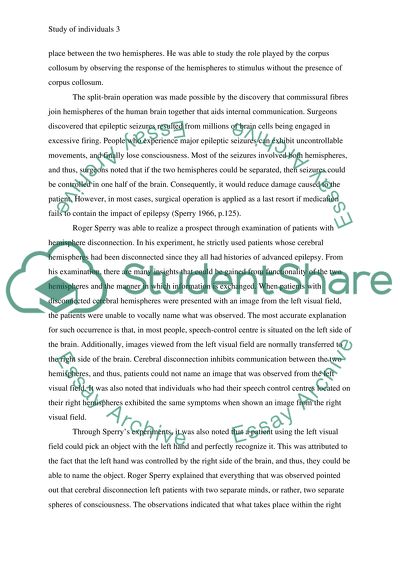Cite this document
(“Study of individuals Essay Example | Topics and Well Written Essays - 1250 words”, n.d.)
Retrieved from https://studentshare.org/psychology/1463326-study-of-individuals
Retrieved from https://studentshare.org/psychology/1463326-study-of-individuals
(Study of Individuals Essay Example | Topics and Well Written Essays - 1250 Words)
https://studentshare.org/psychology/1463326-study-of-individuals.
https://studentshare.org/psychology/1463326-study-of-individuals.
“Study of Individuals Essay Example | Topics and Well Written Essays - 1250 Words”, n.d. https://studentshare.org/psychology/1463326-study-of-individuals.


